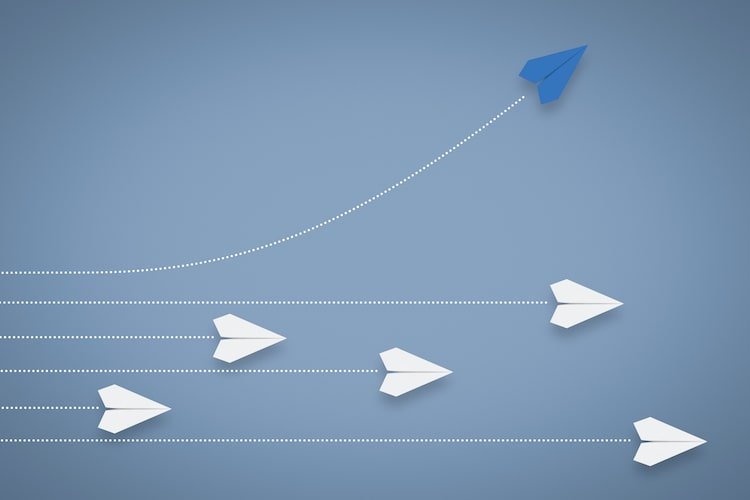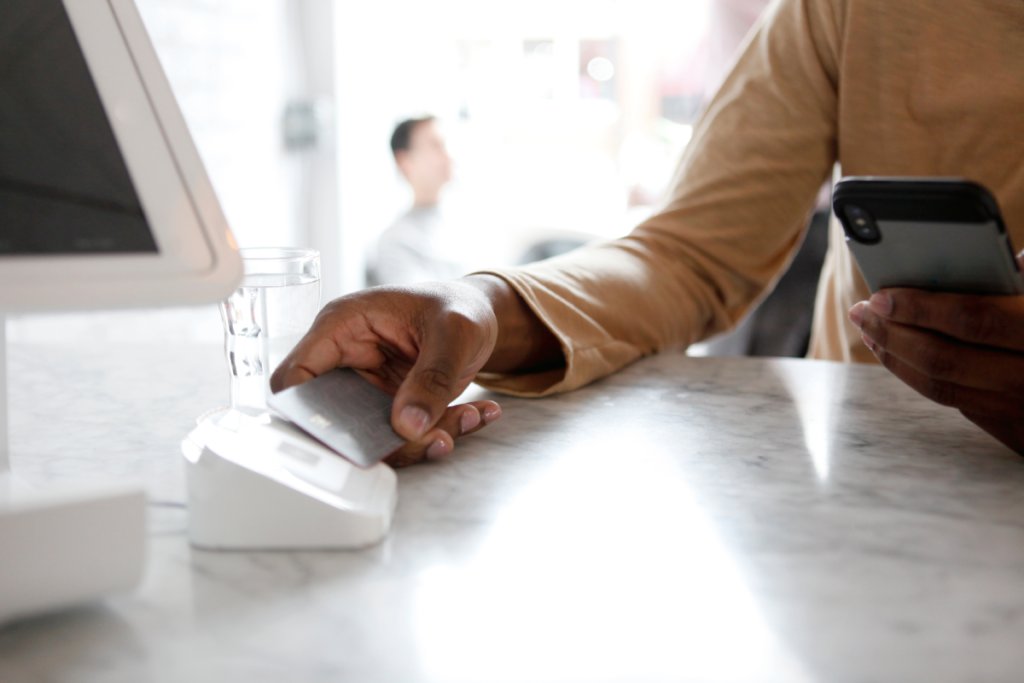12. Not surprisingly, consumers are steering away from in-person payments, with 27 percent stating they paid a bill at a biller’s physical location in the past 12 months, versus 37 percent in 2019, according to the new ACI Speedpay Pulse interactive tool. However, consumers really don’t want to pay in person; less than five percent prefer to pay this way. This indicates a lack of choice – consumers may have no other way to make a payment – or they are not aware of other payment options being offered.
11. Keeping internet service on became essential in 2020, with almost a third of Americans working from home full time and millions of students studying remotely1. Almost 40 percent have set up recurring payments for their cable/internet bill, up from 32 percent at the same time in 2019 – the highest increase across industries.
10. Bandwidth was also critically important to streaming programming from subscription services, which continued to gain in popularity with three out of four consumers having at least one active subscription, according to the “Recurring Success” eBook published earlier this year. Our eBook also showed that 23 percent of those who recently canceled a subscription did so due to a payments issue.
9. Taxpayers were automatically given more time to file their income tax returns this year, with the deadline moving from April 15 to July 15 as the Internal Revenue Service provided Coronavirus Tax Relief to Americans. While the majority filed their taxes electronically, 26 percent preferred to mail a check for income taxes due, according to an ACI Worldwide tax survey conducted in conjunction with YouGov.
8. With college campuses closed, access to a single, intuitive payment portal became even more critical for students and parents. Mobile became a must – per the ACI Speedpay Pulse interactive tool, with 23.5 percent of 18 to 34 year olds preferring to pay through a higher education institution’s mobile app, up from 12.8 percent earlier in the year.
7. More borrowers struggled to keep up with their consumer finance payments this year due to lack of employment or reduced income due to the pandemic. Many of these consumers reached out to their lenders to request payment arrangements, often facing extended phone hold times. In fact, unlike other industries, Auto Finance saw a massive increase in customer service representative-assisted payments, with nearly 16 percent of younger (under 35) borrowers using this channel versus just over three percent at the beginning of 2020.
6. With Americans staying home and driving less, many insurance providers offered rebates on auto insurance premiums to help their policy holders in an uncertain economy. But sending these payments quickly is key – with over 80 percent preferring real-time disbursements such as push-to-card and direct deposit.
5. Nearly 80 percent of Americans have paid an electric bill in the past year, the most commonly paid bill in the United States in 2020. Utilities also stepped up to help consumers by waiving fees and offering payment arrangements or deferrals. Providing self-service options to manage past due balances will help utilities manage call volumes while increasing customer satisfaction as we move into 2021.
4. Cash was not king this year when it came to bill payments, as only 12.4 percent reported paying a bill with cash versus 22.5 percent in 2019, according to the study. While nearly two in three Americans are using checking account deductions (the most used method), over 40 percent have paid a bill with a credit card, up from 30.7 percent in late 2019.
3. When they did venture out to brick-and-mortar stores, Americans started using contactless payment methods such as mobile wallets more than ever before, with more than a third stating they would leave their preferred grocer for one that offers touchless payment options. Mobile wallets are also being used more frequently to pay bills, with 6.7 percent using this channel versus 5.1 percent in 2019.
2. More consumers of all ages are using digital channels more frequently to receive and pay their bills. This also applies to bill notifications and reminders, with 62 percent preferring digital channels. In fact, those over 52 years old now prefer to receive reminders digitally, primarily via email (45.6 percent) and mobile text alert (7.7 percent).
1. With three in ten consumers reporting a decrease in income due to the pandemic, more consumers sought payment arrangements from their billers. Americans under 35 have been especially hard hit, with 26 percent reporting past due bills in late 2020. Providing these consumers with a simple way to set up a payment plan online or through a mobile wallet will go a long way to satisfy (and retain) them as they catch up in 2021.
While 2020 was tough for all of us, there are some bright spots emerging. More consumers are shifting to digital channels, which will result in more engagement opportunities as well as cost savings for. Billers across industries have been flexible with due dates and payment arrangements, reducing stress on stretched out consumers while building long-term good will and loyalty as we move into the new year.
How has 2020 affected billing and payment trends in your industry? Get more insights with the new ACI Speedpay Pulse interactive tool. Have more questions about the study or want the right solutions to address your billing and payment challenges? Contact us at [email protected]
1 – Gallop: COVID-19 and Remote Work: An Update, Oct 2020; https://news.gallup.com/poll/321800/covid-remote-work-update.aspx




